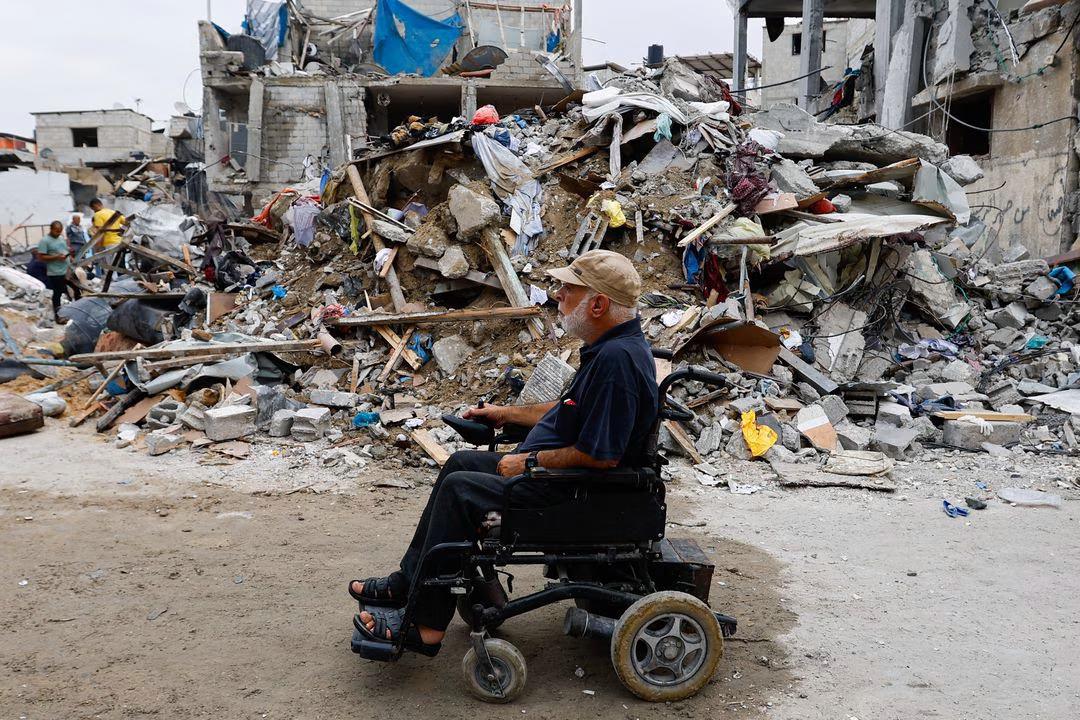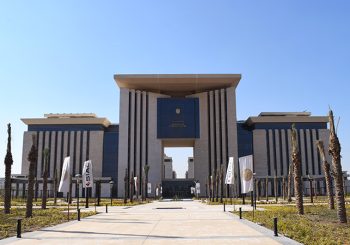The Israeli Defense Forces (IDF) issued a directive on Friday, 13 October, ordering the evacuation of the northern part of the Gaza Strip, which an estimated 1.1 million individuals inhabit within 24 hours.
Although the Israeli military has not formally declared the intention for a ground offensive, the order, which a United Nations (UN) spokesperson conveyed, raises concerns regarding the possibility. A definitive decision has not yet been made, the Israeli military announced on Thursday, 12 October.
Stéphane Dujarric, a UN spokesperson, has described the evacuation order as “impossible” due to the anticipated severe humanitarian repercussions, urging Israel to rescind any such directive, saying they could “transform what is already a tragedy into a calamitous situation.”
“The call from the Israeli Forces to move more than 1 million civilians living in northern Gaza… is horrendous. This will only lead to unprecedented levels of misery and further push people in Gaza into an abyss,” UNRWA Commissioner-General Philippe Lazzarini said in a statement.
Between 7 and 12 October, Israeli forces conducted approximately 6,000 airstrikes on Gaza, as confirmed by the Israeli Air Force (IAF). This number of bombings in five days equals the total airstrikes carried out during the entire 2014 Gaza-Israel conflict, which extended from July 7 to August 26 of that year, as reported by the IDF.
It is worth noting that 2014 marked the deadliest year in the Israeli-Palestinian conflict, resulting in the loss of at least 2,251 Palestinian lives in Gaza during the 50-day war, as reported by the UN Office for the Coordination of Humanitarian Affairs (OCHA).
As of Thursday, 12 October, which marks the sixth day of the ongoing conflict, the Palestinian Ministry of Health has reported that a minimum of 1,537 individuals have lost their lives in Gaza.
The visit of US Secretary of State Antony Blinken, along with the delivery of US weaponry to Israel, has effectively signaled support for Israel’s retaliatory actions in Gaza following Hamas’ attack on civilians and soldiers.
This comes in the face of warnings from international aid organizations about a deepening humanitarian crisis. Israel has halted the delivery of vital necessities and electricity to Gaza’s 2.3 million residents and has blocked the entry of supplies from Egypt.
Egypt has announced the redirection of international aid flights for Gaza to Al Arish airport in northern Sinai due to Israeli bombardments around the border. Despite the Rafah crossing between Sinai and Gaza remaining open, Israeli strikes have disrupted its operations.
Egypt has urged Israel to avoid targeting the Palestinian side of the crossing. Al Arish airport is prepared to receive aid deliveries from Qatar and Jordan, pending the establishment of humanitarian corridors.
Egypt, with assurances from the United States, aims to deliver aid to Gaza. President Abdel Fattah al-Sisi emphasized the need for humanitarian relief in a call with the British Prime Minister.
Egypt is trying to prevent a mass exodus from Gaza into Sinai and is pursuing a negotiated solution to the violence.
The United Nations humanitarian office reported on Monday, October 9th, that an estimated 800 individuals exited Gaza through the Rafah crossing, while an estimated 500 individuals entered. The crossing remained inaccessible to commercial traffic.
The governor of North Sinai convened meetings with local authorities on the same day in order to proactively address potential crises that may arise as a consequence of the Gaza situation. Although ambulances have been prepared in Sinai in anticipation of possible Gaza evacuations, there have been no reports of sizable Palestinian gatherings at the Rafah border crossing.







Comments (3)
[…] IDF issued a directive instructing the evacuation of the northern area of the Gaza Strip on Friday, 13 October. Northern […]
[…] IDF issued a directive instructing the evacuation of the northern area of the Gaza Strip on Friday, 13 October. Northern […]